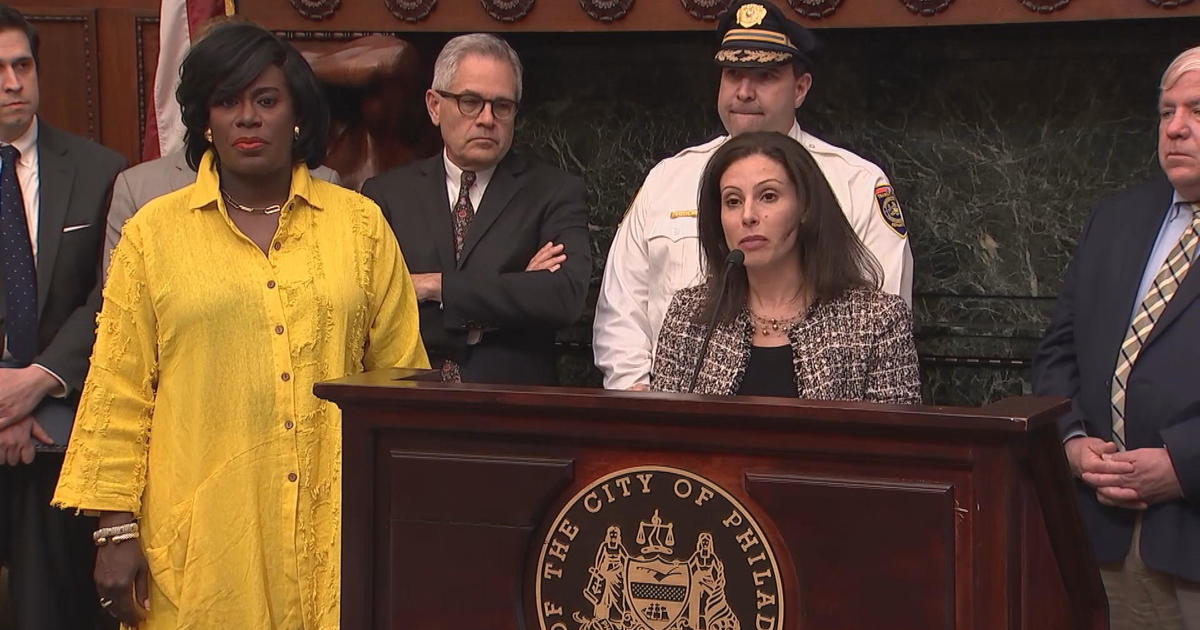Penn Vet Launches Revolutionary Robotics-Controlled Equine Imaging System
By John McDevitt and Stephanie Stahl
PHILADELPHIA (CBS) -- It's the first of its kind -- a robotics controlled imaging system that can be used on standing or moving horses. It was debuted today at the Penn Vet's New Bolton Center in Chester County.
The new technology combines robotics and 3-D imaging, that's easier on the patient whether they have four legs or two.
First, a training horse is led into position between two giant robot c-arms for the demonstration. The target was the horse's front right leg. The imaging system, called Equimagine, can collect two-dimensional CT images, create three-dimensional images, produce 360-degree digital radiographic studies, and get fluoroscopic images up to 16,000 frames per second.
Dr. Dean Richardson is Professor of Equine Surgery and Chief of Large Animal Surgery at Penn Vet's New Bolton Center.
"The uniqueness of this technology is that we are going to be able to do horses that are not under anesthesia and get remarkable images," Richardson said. "It will also open up new areas that we never have able to see before because of the difficulties with imaging certain parts of the equine anatomy. So we think it holds tremendous promise."
This revolutionary technology allows the horse to stand sedated, but awake.
"It's much safer for the patient and the level of resolution is much higher than we've seen in standard CT scanning," said Barbara Dallap Schaer, the medical director of the Bolton Center at the University of Pennsylvania.
So the horse won't be scared by the moving parts. Its eyes are covered, which also helps keep it still. The CT scans provide three-dimensional views of the anatomy.
Clinical trials could start later in the spring.
Dallap Schaer says the precise imaging system could one day help other animals and even have translational possibilities in human medicine.
"Not just in the field of sports medicine or orthopedic surgery," she said, "but also in neurology, ophthalmology and internal medicine."
Dr. Dallap Schaer says robots were brought into the field of Equine imaging because of the existing challenges. A standard CT scanner has a fixed ring and it is a particular size. A large animal has to undergo the risks of general anesthesia.
"We have made plenty of advances in general anesthesia in large animals, but there are still some risks associated with it," she said. "So the process from recovering from general anesthesia is an athletic event for the horse and the advantages of this system obviously are that we don't necessarily have to do that."
For this technology, horses are paving the way for humans. Right now, it just works on patients who are still. Eventually, researchers hope to program it to capture images of a horse or human in motion, yet another new horizon.



